From field surveys at border gates and border localities, and discussions with managers, businesses, experts, and residents in border areas, the Government E-Newspaper has produced a series of articles on Vietnam-China trade activities, providing a perspective, identifying difficulties and obstacles, and proposing a number of solutions and recommendations to promote the development of bilateral trade, including sustainable border trade with the Chinese market.
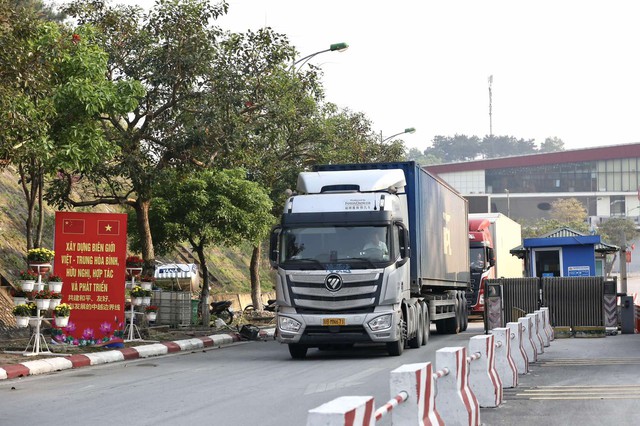
Party and State leaders have resolutely directed many solutions to ensure that shipments and trade of goods by people and businesses run smoothly - Photo: VGP/Tuan Dung
Editorial: Import and export activities between Vietnam and neighboring countries sharing land borders are increasingly focused on and developed, especially with China, Vietnam's largest trading partner. Promoting border trade is even more important in the context of post-COVID-19 socio-economic recovery and development.
Although trade activities between Vietnam and neighboring countries have achieved impressive results and have continuously improved significantly in recent times, there are still existing problems, limitations, difficulties and obstacles, which are considered "hidden rocks" affecting this trade flow. Due to many factors, both subjective and objective, the trade flow is not always smooth. There are times when this "flow" is congested, especially during the COVID-19 outbreak.
From field surveys at border gates and border localities, and discussions with managers, businesses, experts, and residents in border areas, the Government E-Newspaper has produced a series of articles on Vietnam-China trade activities, providing a perspective, identifying difficulties and obstacles, and proposing a number of solutions and recommendations to promote the development of bilateral trade, including sustainable border trade with the Chinese market.
This is of great significance and practical significance for implementing the agreements reached during the historic visit of General Secretary Nguyen Phu Trong to China at the end of 2022; at the same time, implementing the directions of the Government and the Prime Minister on removing difficulties and promoting export activities - one of the three growth drivers in the context of Vietnam's import-export situation facing many difficulties in recent times. This is considered a "golden" opportunity to promote bilateral exports, especially affirming the position of Vietnamese goods and increasing the export of Vietnamese goods to China.
Lesson 1: Open opportunities, "widen" borders
Vietnam has a northern border with China with a length of 1,449.566km. Border trade activities in the 7 mountainous provinces of the northern border - where there are 7 international border gates, 6 bilateral border gates, and 21 secondary border gates - are increasingly bustling and busy.
Although the COVID-19 pandemic and geopolitical fluctuations in the world have affected the global economy and trade, Vietnam-China trade relations have continued to develop and achieved many remarkable results.
To ensure that shipments and trade of goods between people and businesses run smoothly, leaders of the Party, Government, and all levels and sectors have actively directed the implementation of many synchronous solutions, from diplomatic solutions to technical solutions.

The official visit to China by General Secretary Nguyen Phu Trong at the invitation of General Secretary and President of China Xi Jinping from October 30 to November 2, 2022 has opened up and deepened the trade "flow" between the two countries.
Rare opportunity, special meaning
According to the Asian Market Department, Ministry of Industry and Trade, China is currently Vietnam's largest trading partner and Vietnam is China's largest trading partner, largest import partner and second largest export partner (after Malaysia) among China's ASEAN countries.
The official visit to China by General Secretary Nguyen Phu Trong at the invitation of General Secretary and President of China Xi Jinping from October 30 to November 2, 2022 has opened up and deepened the trade "flow" between the two countries.
This is the first official bilateral visit by a senior Party and State leader to China since the outbreak of the COVID-19 pandemic, and the first foreign visit by General Secretary Nguyen Phu Trong after the 13th National Party Congress. General Secretary Nguyen Phu Trong is also the first senior foreign leader to visit China after the 20th National Congress of the Communist Party of China.
Comments by Chinese experts published in the country's press affirm the significance of the visit to the development of relations between the two countries, especially trade cooperation.
Mr. Ge Hongliang, Director of the China-ASEAN Maritime Security Research Center at Guangxi University for Nationalities, emphasized that Vietnam is China's largest trading partner and an important investment target in Southeast Asia. The opening of cooperation and the strengthening of production capacity connectivity between the two countries will continue to be strongly promoted, especially in the short term.
Research expert at the Shanghai Institute of International Studies, Zhao Cancheng, predicts that trade cooperation between Vietnam and China still has a lot of potential because the two countries can complement each other a lot.
Beacons for the flow of cooperation
The basis for these optimistic assessments is that within the framework of General Secretary Nguyen Phu Trong's visit to China, Vietnam and China signed 13 cooperation documents, including the Memorandum of Understanding between the Ministry of Industry and Trade of Vietnam and the Ministry of Commerce of China on strengthening cooperation and ensuring the Vietnam-China supply chain; Memorandum of Understanding on cooperation between the Ministry of Industry and Trade of Vietnam and the General Administration of Customs of China on food safety in bilateral trade between Vietnam and China; Memorandum of Understanding between the Ministry of Industry and Trade of Vietnam and the People's Government of Yunnan Province, China on strengthening cooperation in the fields of economy and trade; Protocol on phytosanitary requirements for fresh bananas exported from Vietnam to China between the Ministry of Agriculture and Rural Development of Vietnam and the General Administration of Customs of China.

General Secretary Nguyen Phu Trong and General Secretary and President of China Xi Jinping witnessed the documents signed by ministries, branches and localities of the two countries.
The implementation of these documents, together with the Regional Comprehensive Economic Partnership (RCEP) Agreement coming into effect from 2022, has created favorable conditions and new momentum for Vietnam-China bilateral trade, while opening up new opportunities for businesses of the two countries to participate in new value and production chains in the region as well as penetrate deeper into each other's markets.
Not only is Vietnam China's largest trading partner in ASEAN, it has become the perfect external market for Chinese goods due to similar economic conditions, consumer culture and low transportation costs.
The development of border trade has contributed to increasing and promoting the exchange of goods between the two countries. The appearance of the mountainous, highland and border markets has also improved.
Trade contributes to creating more jobs, income and purchasing power of the population is also raised. The socio-economic structure of the border mountainous provinces has gradually shifted in a positive direction, creating attractiveness and attracting foreign direct investment (FDI).
Together building a high-quality, peaceful and friendly border
The Vietnam-China land border is adjacent to two Chinese provinces, Yunnan and the Guangxi Zhuang Autonomous Region. In late March 2023, the top leaders of these two localities - Secretary of the Guangxi Zhuang Autonomous Region Party Committee Liu Ning and Secretary of the Yunnan Provincial Party Committee Wang Ning - both visited Vietnam, opening a new phase in cooperation between the border localities of the two countries.
At the meetings with leaders of the two provinces, General Secretary Nguyen Phu Trong expressed his delight at the new developments in the relationship between the two Parties and the two countries in recent times, in which the relationship between Yunnan, Guangxi and border localities of Vietnam has had good developments after the official visit to China in October 2022.
General Secretary Nguyen Phu Trong suggested that Yunnan, Guangxi and other border provinces of Vietnam take the lead in promoting practical and mutually beneficial cooperation, especially in the fields of economy, trade, investment, tourism and people-to-people exchange; and together build a high-quality, peaceful and friendly border.
On the Government side, at the meetings with leaders of Yunnan and Guangxi provinces, Prime Minister Pham Minh Chinh hoped that in the coming time, all levels, sectors and localities of the two sides would expand mutually beneficial cooperation, focusing on creating a major shift in economic-trade cooperation, connecting road and rail transport, tourism and education.
Accordingly, Yunnan and Guangxi provinces will coordinate to maintain stability and improve the efficiency of customs clearance at the border gates of the two countries, and import more high-quality agricultural and aquatic products from Vietnam. Promote traffic connections by road, rail and sea in accordance with the scale of economic and trade cooperation between the two countries; improve customs clearance efficiency by piloting the "smart border gate" model.
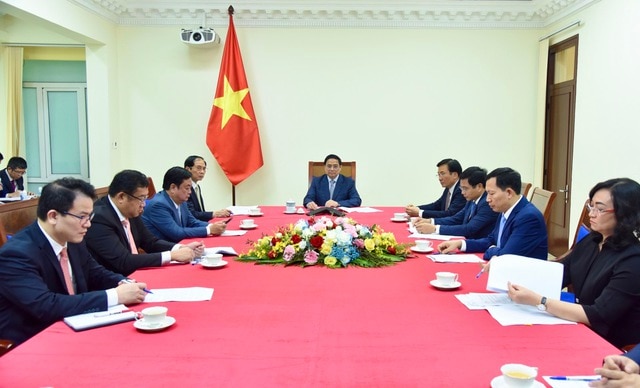
On April 4 at the Government Headquarters, Prime Minister Pham Minh Chinh had a phone call with Chinese Premier Li Qiang - Photo: VGP/Nhat Bac
Then, in a phone call with Chinese Premier Li Qiang on April 4, 2023, Prime Minister Pham Minh Chinh suggested that the two sides actively study measures to maintain smooth trade, improve capacity and customs clearance efficiency; strengthen connectivity of road, rail, sea and air infrastructure. He requested that China continue to facilitate trade, expand imports of goods, and accelerate the process of opening the market for Vietnamese agricultural products...
Previously, during his working trips to border provinces, Prime Minister Pham Minh Chinh repeatedly emphasized the task of building a peaceful, friendly, stable border, cooperating and developing with neighboring countries, building a solid defense zone in terms of national security and defense and a cooperative and competitive front line in economic development; contributing to building an independent and self-reliant economy, associated with active, proactive, deep, substantive and effective international integration, implementing an independent, self-reliant, diversified and multilateral foreign policy, being a good friend, a reliable partner and a responsible member of the international community.
In 2022, the total import-export turnover of goods between Vietnam and China reached 175.56 billion USD, an increase of 5.47% compared to 2021. Particularly, Vietnam's fruit exports to China have made new progress, in which durian officially became the 10th fruit to be officially exported to China from July 2022. Entering 2023, China is Vietnam's only trading partner with an import-export turnover reaching the 10 billion USD mark in January.
According to Mr. Tran Quang Huy - Director of the Asia-Africa Market Department, Ministry of Industry and Trade, in the first 3 months of 2023, Vietnam's export turnover to China reached 11.9 billion USD, although it decreased compared to the same period in 2022 due to many different reasons, the rate of decrease has slowed down compared to previous months, showing a positive signal in the export situation to the Chinese market. It is forecasted that in the second quarter of 2023, Vietnam's export turnover to China will have certain improvements.
To be continued...
Red Ginseng - Phuong Lien
source

![[Photo] Prime Minister Pham Minh Chinh chairs Government Standing Committee meeting on Gia Binh airport project](https://vphoto.vietnam.vn/thumb/1200x675/vietnam/resource/IMAGE/2025/5/10/6d3bef55258d417b9bca53fbefd4aeee)
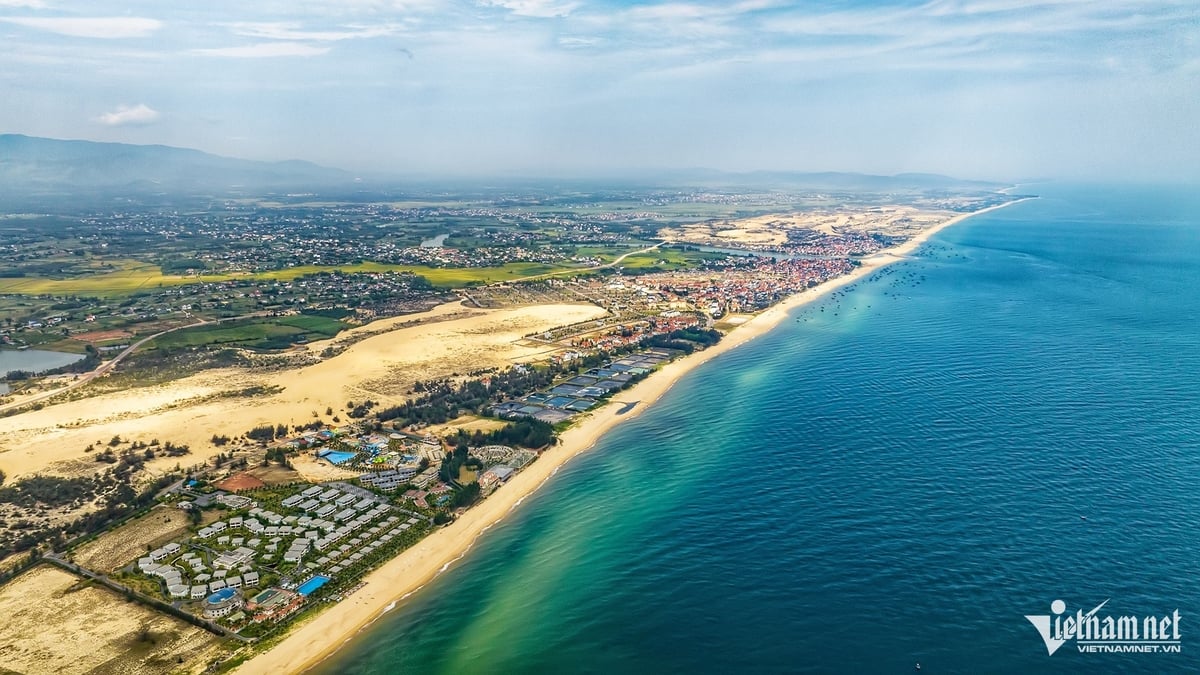

![[Photo] General Secretary To Lam holds a brief meeting with Russian President Vladimir Putin](https://vphoto.vietnam.vn/thumb/1200x675/vietnam/resource/IMAGE/2025/5/10/bfaa3ffbc920467893367c80b68984c6)






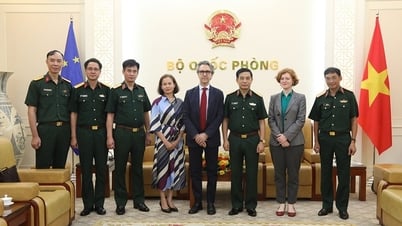
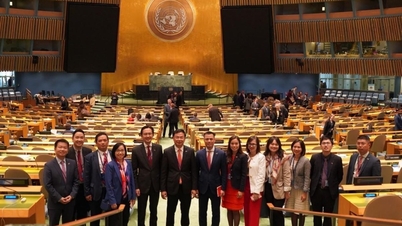





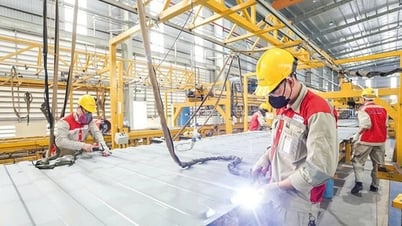
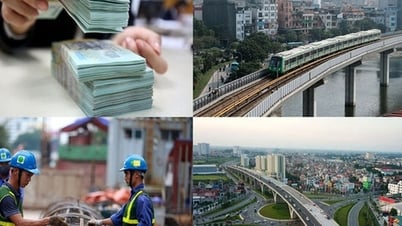
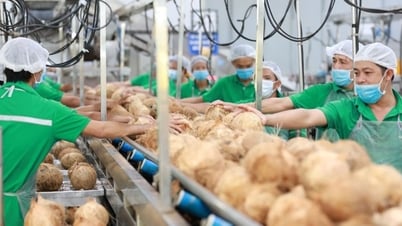

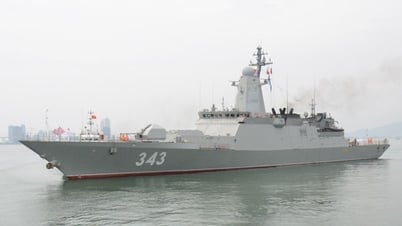
![[Photo] Prime Minister Pham Minh Chinh chairs a meeting of the Steering Committee for key projects in the transport sector.](https://vphoto.vietnam.vn/thumb/1200x675/vietnam/resource/IMAGE/2025/5/10/0f4a774f29ce4699b015316413a1d09e)
















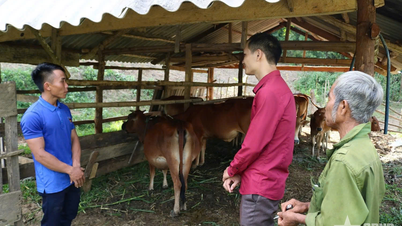

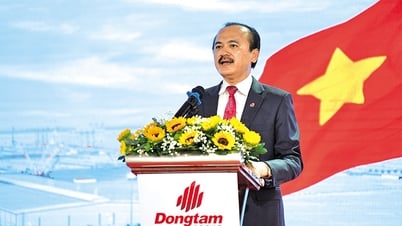

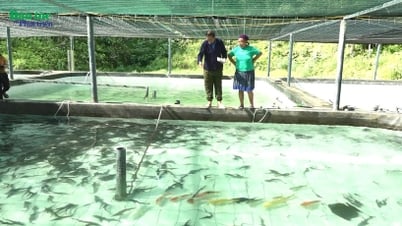










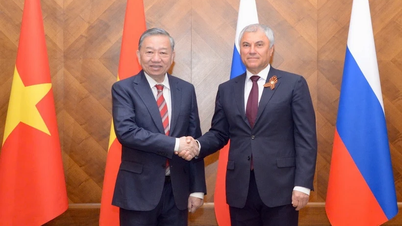



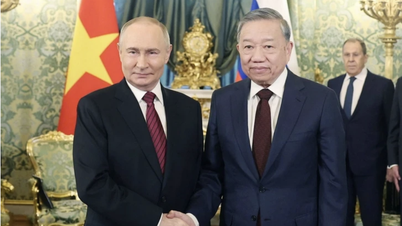

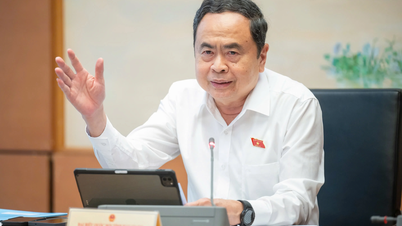









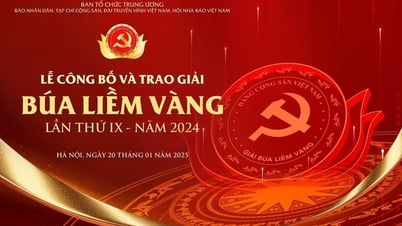


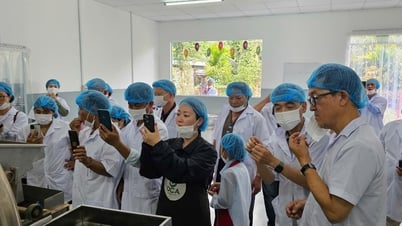

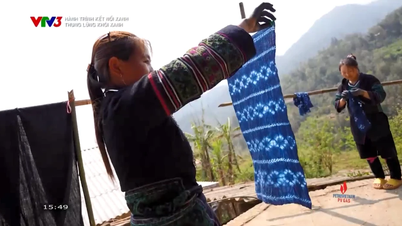

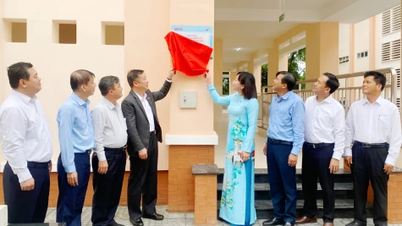



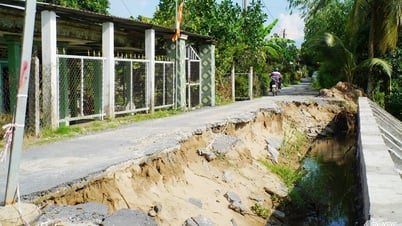











Comment (0)